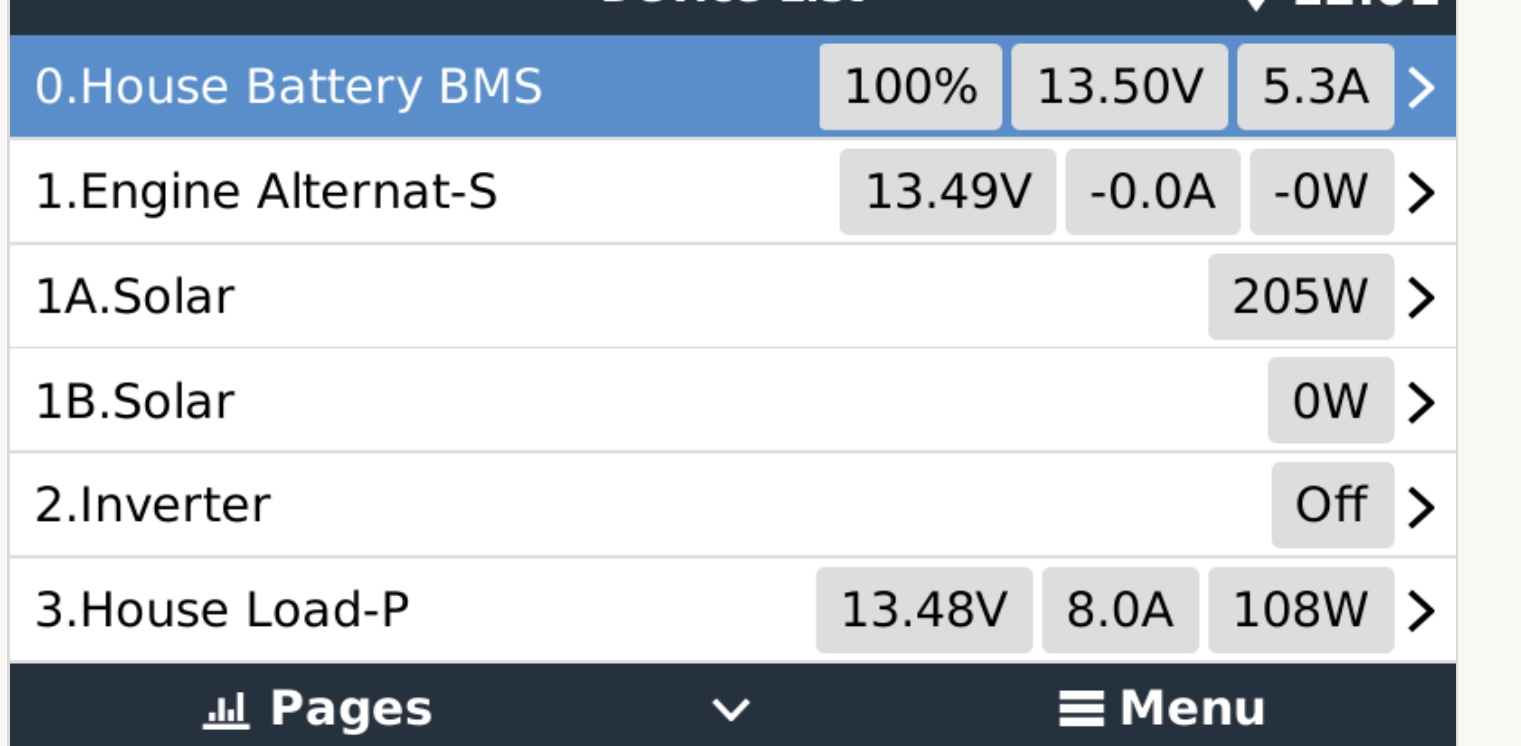Background: We are upgrading our house battery banks (2) on our sailing catamaran with Lithium. With two engines we will be installing a pair of Victron DC-DC 30A Isolated Chargers, one on each starter battery/alternator. Our two house battery banks come together at a bus bar after a battery switch that allows us to select Bank 1/Bank 2/Both for our 12V needs. Space is limited as to where I can install the chargers. I have located places for both but they are not near one another. Nor will the runs from either charger be the same length given the positions of each. The plan is to aggregate output of the two chargers downstream into the same busbar where our 2400W solar array connects to provide current for charging the banks.
Questions: Will a difference in distance between the starter batteries and the Chargers make a big deal? (obviously we will use the correct wire size for each run. I believe given the distances 6AWG is appropriate) Will the disparate length of the two output runs create an issue on the aggregation side with current? I assume technically the only time the chargers will be working in concert and provide greater than ~30A of current is when both engines are running. Aside from a longer timeframe to charge either bank, is there anything wrong with this plan? Are we missing anything?
Thank you.

 Hi
Hi